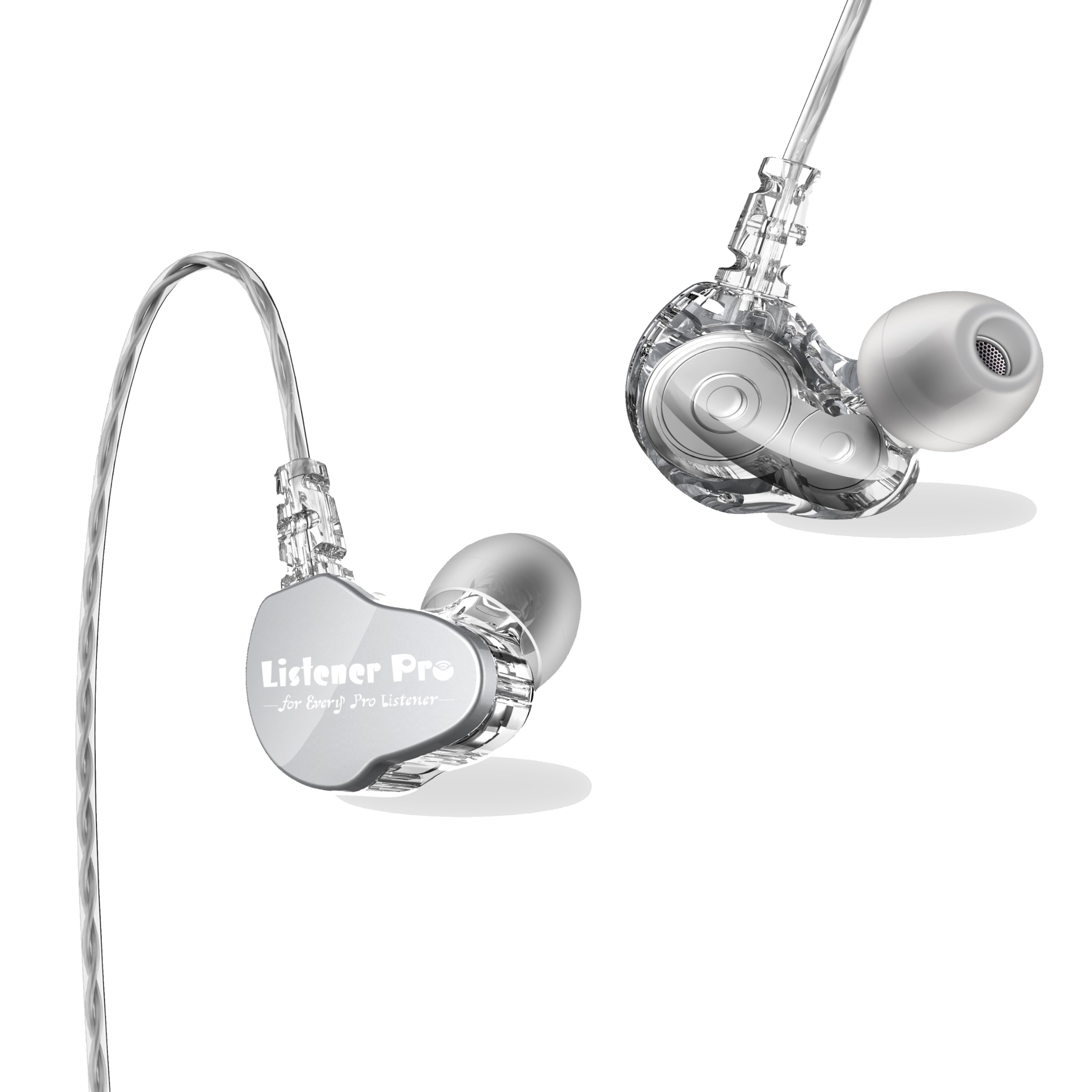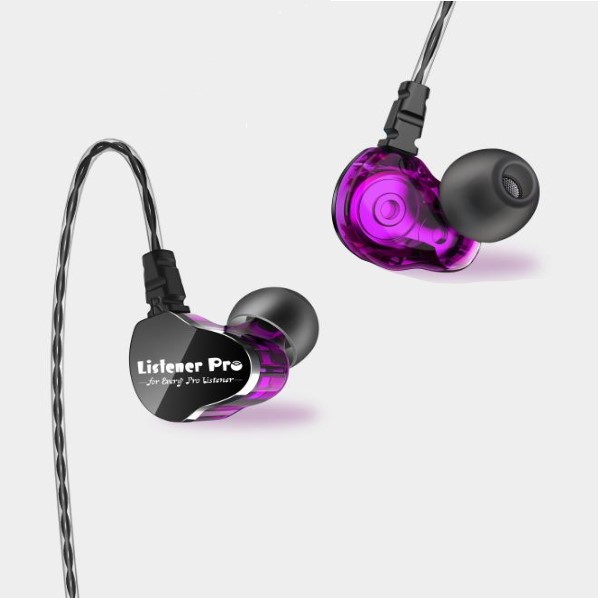Do you know the common problems and misunderstandings of these monitor headphones?
Second article:
Misunderstanding 2: “In-ear monitoring is better than none”
This sentence is said in the context of limited funds. If you open it in a way of “unlimited money”, then naturally there are more good equipment, but in most cases, funds are always limited. If you want to perform flexibly on stage with in-ear monitors, you must rely on wireless technology, and wireless technology that can meet the standard is much more expensive than ordinary monitoring systems-excellent frequency response, clear sound quality, and interference-free signal- All these require high-quality equipment with high investment. You can actually spend less money to purchase a monitor speaker system that can achieve the same or even better results.
So if you want to pursue in-ear monitoring and wireless devices with a limited budget, you will not only fail to achieve the expected results, but will make your investors regret not investing the money elsewhere.
Misunderstanding 3: “Since you have spent money to buy in-ear monitors, you must use them all the time”
You must use it frequently if you buy something for a big price. This is a strange logic we often hear. No matter what it is, it’s far smarter to use it on an idea than to use it unplanned. Under what circumstances is it unnecessary or inappropriate to use in-ear monitoring?
No need to use: there is no monitoring difficulty during rehearsal or previous performances, there is little problem of frequency conflict between orchestrators, no need to listen to samples, etc.
Unsuitable situations: Adding an in-ear monitoring system means more tuning time. If you are participating in a performance with a tight tuning time and there is no room for negotiation, more time should be allocated to the entire band Members, go to debug the *required part. Under normal circumstances, a three-piece band installation, drum test, hand tuning box, microphone test, overall adjustment and basic monitoring are the necessary processes that require at least 30 minutes. If there are other peripherals or orchestration, it will be more complicated. When time is tight, you need to consider whether there is still time to install and try the in-ear monitoring equipment.
In-ear Monitor Eearphone
Misunderstanding 4: “Ordinary headphones can also be used for monitoring”
Ordinary headphones, even if they are expensive, cannot replace in-ear monitoring systems. There is a big difference between the earphones you use to listen to music and the in-ear monitor earphones used in the field. Therefore, even if you spend money to buy a headphone amplifier to DIY an in-ear monitoring solution, you also need to buy correctly matched headphones. In addition to the above-mentioned differences in anti-interference and frequency response characteristics, there is also a very important difference between them is the function of sound insulation and hearing protection. Using ordinary headphones for stage monitoring is likely to cause hearing damage.
As mentioned in many hearing protection articles, we only have one pair of ears to deal with this crazy world. For musicians who have been exposed to high decibel environments for a long time, hearing protection is especially necessary. I have seen many musicians who want to use the in-ear monitoring system on the stage. They directly took out a pair of ordinary headphones and asked me to connect them to any line that could provide feedback. I was drunk on the spot. For various reasons, it is not effective!
In-ear Stage Monitor Earphone
Post time: Sep-11-2020


